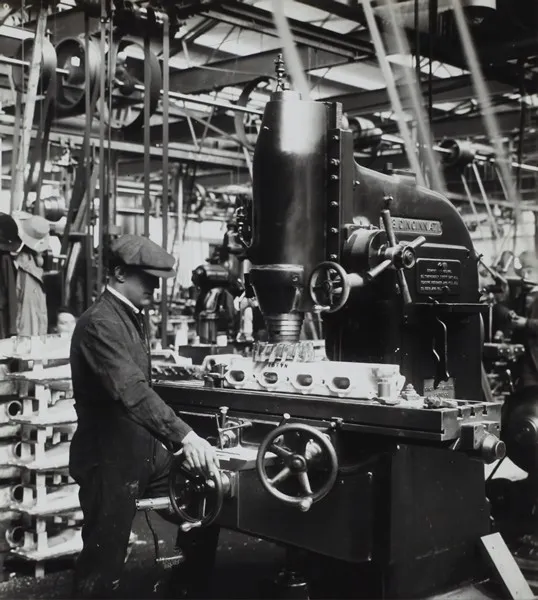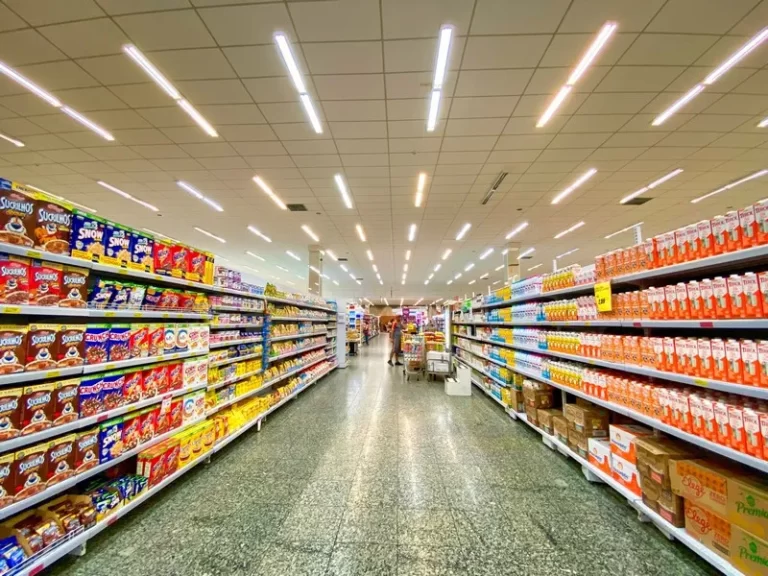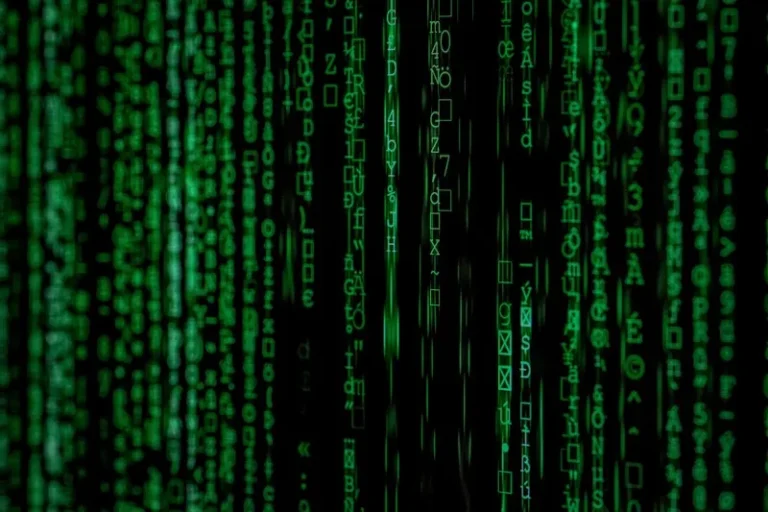Table of Contents
- Introduction
- What is Machine Production?
- Historical Context: From Craft to Factory
- Machine Production and Labor
- Capitalism and Machine Production
- Technological Change and Social Transformation
- Global Dimensions of Machine Production
- Conclusion: Machine Production as a Total Social Fact
Introduction
Machine production is a cornerstone of modern industrial society. It shapes economies, labor systems, technological development, and even cultural life. In sociological terms, machine production refers not merely to the mechanical process of manufacturing goods using machinery, but also to the complex set of social relations, institutional arrangements, and historical transformations that enable and are enabled by it. Understanding machine production sociologically means examining it through the lenses of class, power, social structure, technological change, and global inequality.
This article aims to unpack the concept of machine production, exploring its historical emergence, its impacts on labor and society, and its centrality in the reproduction of capitalist social relations. Designed for undergraduate readers, this exploration will equip students with foundational insights into one of the most significant socio-technical phenomena of the modern world. Through this analysis, students will develop a deeper appreciation of how machine production has reshaped the very fabric of society and continues to influence every aspect of contemporary life.
What is Machine Production?
At its most basic level, machine production involves the use of mechanical devices to fabricate goods. Unlike manual or artisanal production, where human labor is central to every stage of production, machine production involves the partial or full automation of processes. However, this technical definition is insufficient for a full sociological understanding.
Sociologically, machine production entails:
- A division of labor oriented around machines rather than human skill.
- A separation between the worker and the product of their labor.
- The institutionalization of factory systems.
- Capital investment in machinery as a means of accumulating surplus value.
Machine production thus represents a shift in the material base of society, transforming the way people interact with both technology and each other. It does not simply make production more efficient—it reorganizes social life, economic relations, and the very notion of labor. The material form of the machine becomes a social form, mediating relations between capital and labor, between production and consumption.
Historical Context: From Craft to Factory
The Pre-Industrial Mode
Before the advent of machine production, most goods were produced by artisans or within households. This mode of production was characterized by:
- Craftsmanship based on skill and apprenticeship.
- Control of the production process by individual producers.
- Small-scale, localized economies.
Artisans not only produced goods but also played significant social roles. Their skills, transmitted through generations, were tied to social identity, community reputation, and economic independence. Production was embedded in local economies and moral economies, where mutual obligations and reciprocal relations governed trade and labor.
The Industrial Revolution
The Industrial Revolution, beginning in the late 18th century in Britain, marked a seismic shift in modes of production. Central to this transformation was the mechanization of textile production, metallurgy, and later, transportation. The introduction of the steam engine, mechanized looms, and later, electric power, allowed for unprecedented scales of production.
Key changes included:
- The emergence of the factory system.
- The concentration of workers and machines in centralized locations.
- The rise of wage labor and the decline of independent artisans.
- The growth of cities and the reorganization of time around the working day.
This period also witnessed significant changes in gender roles and family structures, as the industrial economy drew women and children into the labor force under often exploitative conditions. The transformation was not merely economic but deeply social. As Karl Marx noted, the industrial revolution restructured human relations, commodified labor, and created new class antagonisms.
Machine Production and Labor
Alienation of Labor
Machine production has often been associated with the alienation of the worker. This concept, elaborated by Marx, refers to the estrangement of workers from:
- The product of their labor, which they do not own.
- The labor process, which is controlled by machines and employers.
- Their own human potential, as work becomes repetitive and mechanized.
Alienation in the context of machine production is intensified by the routinization of labor and the minimization of creative input. The worker becomes a mere appendage to the machine, their actions dictated by the tempo and needs of automated processes. This dynamic undermines human autonomy and dignity, reinforcing a sense of disempowerment.
The Fragmentation of Skills
Get the full article AD FREE. Join now for full access to all premium articles.
View Plans & Subscribe Already a member? Log in.






